The uncluttered and serene ambiance that Scandinavian furniture evokes has undeniably swept across global interior design with a distinct remarkable imprint. Steeped in history, but still resiliently cutting-edge, the Scandinavian style has not only pervaded other design forms but has also rhythmically endured changes in time, fashion, and culture.
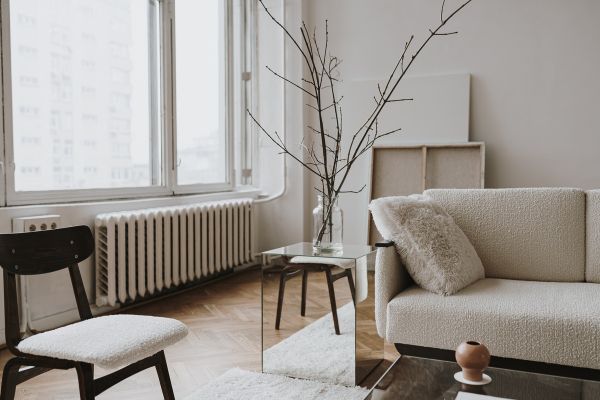
Predominantly defined by its principled devotion to simplicity, functionality, and its homage to nature, Scandinavian furniture invariably strikes a balance between aesthetic appeal and utility. Through this exploration, we will journey through the historic underpinnings shaping its origins and evolution, delve into its key defining characteristics, and discover how this elegant design style can seamlessly blend into your home.
History and Evolution of Scandinavian Furniture
The Dawn of Scandinavian Furniture
The emergence of Scandinavian furniture design was fundamentally enmeshed with the sociopolitical changes in Scandinavia that took place in the early 20th century. The simplistic, functional, and affordable design standards that Scandinavian Furniture is known for today were influenced by these changes, which emphasized an improvement in the quality of life for all citizens. The democratic design ideals put functionality, beauty, and high quality together at a low cost to make well-designed furniture accessible to the masses.

Influential Designers of Scandinavian Furniture
A sizable part of the Scandinavian furniture design’s popularity can be attributed to the influential designers that have left their unique signature in the design world. Among these are Arne Jacobsen, Børge Mogensen, Finn Juhl, and Hans Wegner from Denmark; Alvar Aalto and Eero Saarinen from Finland; and Ingvar Kamprad from Sweden. These designers shared a common pursuit of simplicity, beauty, and functionality, leading to the unique aesthetic that defines Scandinavian furniture today.
Democratization of Furniture Design
One of the most influential actors in this process was Ingvar Kamprad. As the founder of IKEA, Kamprad played an essential role in democratizing Scandinavian furniture design by providing simple, functional, and affordable pieces to every household. IKEA’s increasingly global presence has undeniably stamped Scandinavian furniture design into the public’s everyday consciousness.
Transformation in Style
Over the decades, Scandinavian furniture has seen design variations, yet its core principles—functionality, simplicity, and beauty—have remained constant. Initially, sophisticated craftsmanship was highly emphasized with heavy reliance on wood. Gradually, advancements in technology allowed designers to experiment with new materials and techniques. The result was an integration of natural materials with modern aesthetic leads creating timeless pieces that appeal not only in functionality but also in their form.

Popularity of Scandinavian Furniture Design
The global popularity of Scandinavian furniture design can be primarily attributed to its unique blend of simplicity, function, and beauty, creating stylish yet practical furniture pieces. The design’s emphasis on minimalism and easy utilization offers a calming respite from the chaotic, fast-paced modern life, thereby appealing to a wide range of audiences across the globe. Furthermore, Scandinavian furniture design’s conscious efforts toward sustainability resonates with the growing global concern for the environment, adding to its universal charm.
The Influence of Scandinavian Furniture Design
The profound influence of Scandinavian furniture design is not limited to decor but extends to broader societal values. This design ethos, committed to delivering high-quality, affordable, and aesthetically pleasing furniture, has greatly contributed to the idea of design democracy. The Scandinavian approach aligns with modern societal shifts towards equality and inclusivity. Hence, Scandinavian furniture isn’t merely a passing trend; instead, it represents a timeless embodiment of democratic design principles.
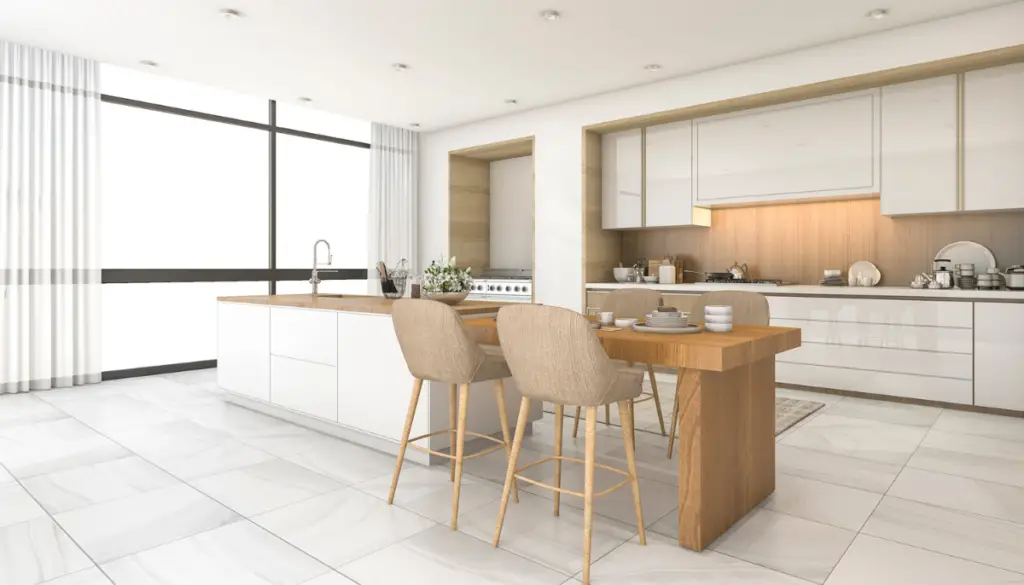
Key Characteristics of Scandinavian Furniture
Characteristics of Scandinavian Furniture
Scandinavian design is celebrated across the globe for its signature simplicity, practicality, and strong connection to nature. These fundamental principles of Scandinavian furniture design have roots in the extreme Nordic climate, necessitating interior designs that boost warmth and light.
The essence of Scandinavian design lies in its simplicity, characterized by clean lines and minimal adornment. The furniture stands out for its no-fuss aesthetic, guided by a principle that form should follow function. This ensures that the purpose of a piece of furniture takes priority, shaping its form to meet practical needs. Consequently, this results in tidy, comfortable, practical pieces minus any extraneous details.
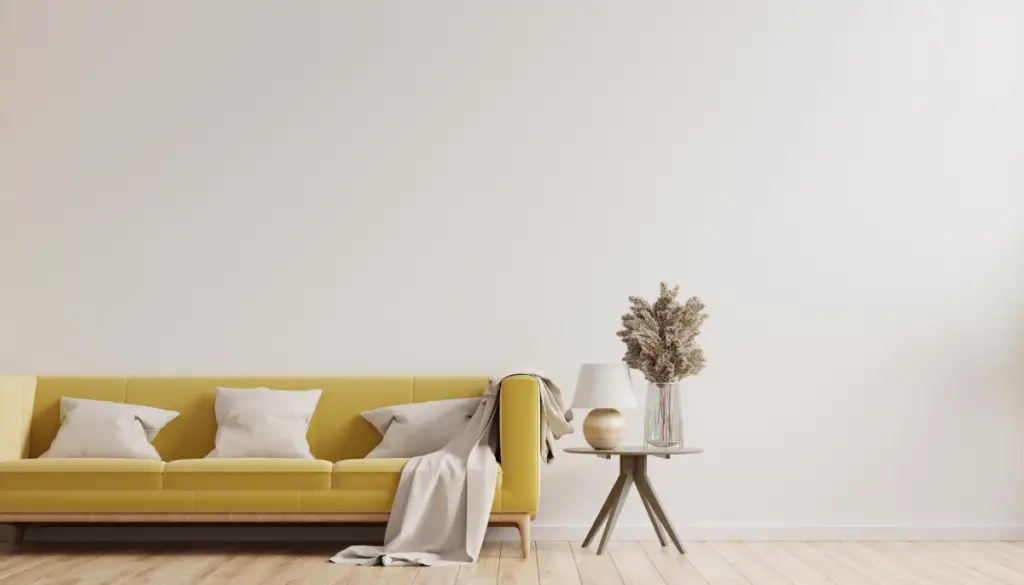
The feature of functionality in Scandinavian furniture represents a pragmatic design approach. Furniture pieces often have dual functions; for instance, a storage unit could also double as a tabletop. This focus on usefulness aligns with the Scandinavian cultural emphasis on frugality, recognizing the value of items that are not only visually attractive but also useful for everyday living.
Nature is integral to the Scandinavian design ethos. Designers from this region frequently use natural materials like wood, wool, leather, and fur to infuse their designs with a sense of nature and earthiness. These natural materials add to the visual appeal of the furniture while introducing an element of warmth and texture to a space, making it feel welcoming and comfortable.
Materials and Colour Schemes in Scandinavian Furniture
The materials commonly used in Scandinavian furniture highlight the style’s connection to nature. Hardwoods like oak, ash, and pine are favorites due to their durability and natural color shades. Leather, wool, and cotton are also used to add soft textures into interiors.
When it comes to color schemes, Scandinavian design embraces a predominantly light and airy palette. This is driven by the need to maximize the limited natural light during long Nordic winters. Whites, grays, creams, and pastels often serve as the backdrop, with pops of color used sparingly, often in accessories or artwork. The use of black is also prevalent, but usually in moderation to create contrast and visual interest.

Practicality at the Heart of Scandinavian Furniture
Famed for its emphasis on practicality, Scandinavian furniture design utilizes minimal ornamentations, abundant storage facilities, and strategic space usage to bring out its usefulness. The furniture, consistently designed low-set, creates a sense of amplified vertical space and openness.

Durability is a non-negotiable concept in Scandinavian design. The superior craftsmanship teamed with high-quality materials and a timeless aesthetic ensure a lasting appeal, both in style and sturdiness. Therefore, the view of Scandinavian furniture as a long-term investment becomes evident, presenting the opportunity for treasured pieces to be passed down through generations.
By remaining true to its tenets of simplicity, functionality, and respect for nature, it presents us with a snapshot into a culture that cherishes practicality, efficiency, natural aesthetics, and also highlights the concept of ‘lagom’ – a Swedish term signifying perfect balance.
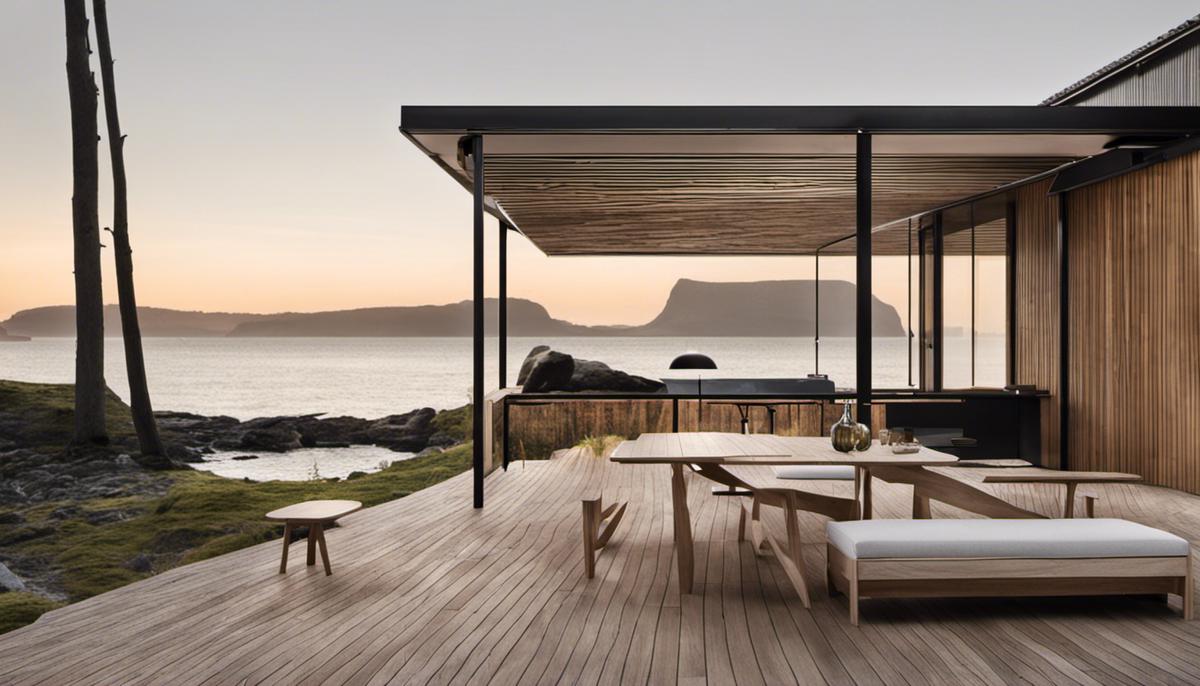
How to Incorporate Scandinavian Furniture in Your Home
Comprehending the Design Philosophy of Scandinavian Furniture
The wind of Scandinavian design swept across the United States and rest of the world around the mid-20th century, a period stretching from 1935 to 1975. The design’s understated elegance is a result of its emphasis on clean, simple lines and functionalism, which doesn’t compromise on aesthetic appeal. This design style that has its roots in the Nordic countries – Denmark, Norway, Sweden, Finland, and Iceland, continues to captivate many homeowners even today. Speaking of materials used in Scandinavian furniture, there is a clear preference for light, natural elements like birch, oak, and teak.
Room Setting Ideas for Scandinavian Furniture
When incorporating Scandinavian furniture in your home, opt for a minimalist approach. Limit the number of items in each room to avoid clutter. Focus on maintaining open space in each room to create a calm and soothing environment. Color schemes often include a blend of white, off-white, and simple, muted hues. The rooms are designed to maximize natural light, so sheer, lightweight curtains are a common choice.

In the living room, a Scandinavian-style couch with its clean lines and neutral shades can be paired with a wooden coffee table with equally simple lines. Add in a Danish lounge chair for an effortless appeal. For the dining room, a wooden dining table surrounded by a set of Eames chairs can encapsulate the genuine Scandinavian aesthetics.
Selecting Right Pieces for Functionality and Aesthetics
Choosing the right pieces of Scandinavian furniture in your home revolves around understanding the core principles of the design – functionality, simplicity, and beauty. Furniture is seen as an investment, where well-made, high-quality pieces are chosen over cheaper, throw-away items.
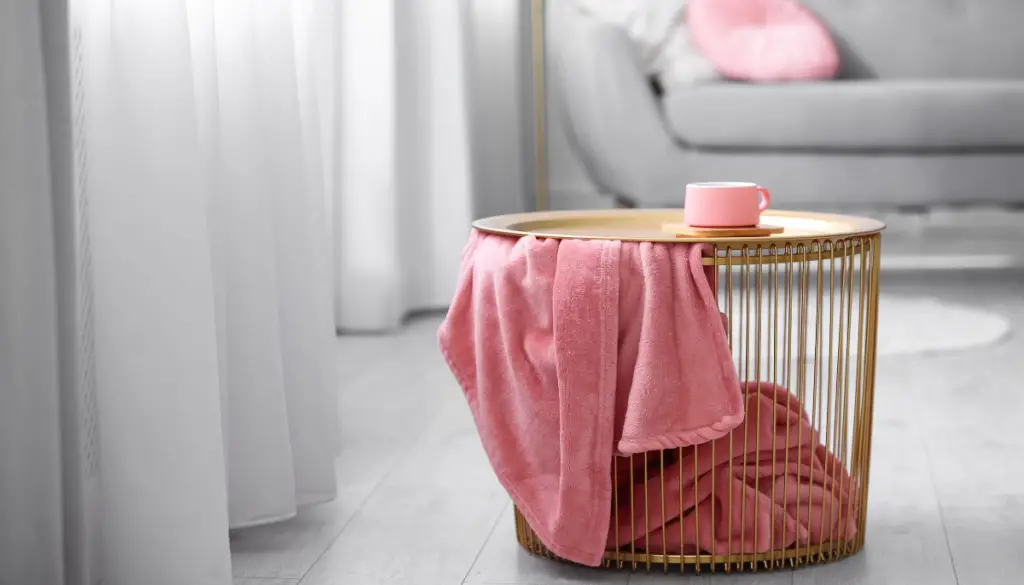
When choosing furniture, consider multi-functional pieces. For example, a Scandinavian-style coffee table can feature added storage beneath the surface to minimize clutter. For the bedroom, opt for simple platform beds or bedframes with built-in storage. A solid bookshelf is another essential piece, acting not only as storage but as a display for books, art, or other personal items.
Pairing Scandinavian Furniture with Other Design Styles
Although Scandinavian designs tend to be minimalist, that doesn’t mean they can’t harmoniously match with other design styles. It is not uncommon for Scandinavian homes to blend this uncluttered aesthetic with rustic, boho, or industrial elements. For example, ornate boho light fixtures or soft, shaggy rugs can pair well with Scandinavian pieces.
To mix with industrial style, you can incorporate metallic accents or more heavy-duty looking fixtures. By mixing and matching, you can tailor the Scandinavian style to fit your personal tastes while keeping the simplicity and functionality intact. While the clean lines and emphasis on functional design are the distinctive elements of Scandinavian style, the final aesthetic decision is yours.

Embracing Natural Elements
A notable characteristic of Scandinavian design lies in its intersection with nature. This is often mirrored through the incorporation of wooden elements into the furniture design or the addition of indoor plants which not only introduce a burst of color, but also create a sense of earthiness. Natural fibers like linen, wool, or sheepskin are often used to enhance texture. Moreover, the utilization of natural light is an integral part of Scandinavian design, contributing to its characteristic airy and open aesthetic.
It’s important to remember that incorporating Scandinavian furniture into your decor should highlight simplicity, functionality, and beauty. With this design style, less truly equates to more.
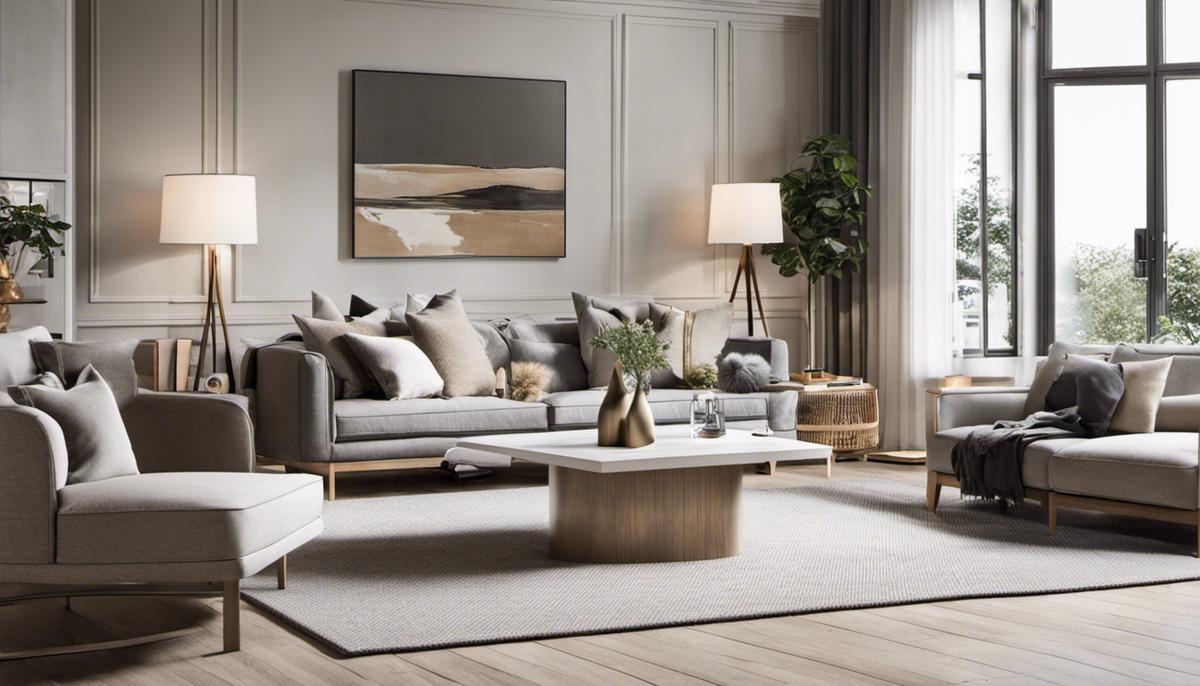
Current Trends and Future Prospects of Scandinavian Furniture
Modern Trends in Scandinavian Furniture
The essence of Scandinavian furniture design revolves around simplicity, minimalism, and practicality, elements that have augmented its worldwide appeal. Nowadays, there is an increased penchant for the design’s streamlined silhouette, subtle curves, and muted tones. The trend for wooden furniture, specifically pieces crafted from pinewood, oak, or maple, is on the rise.

Designs involving smooth, organic textures teamed with a coordinated color scheme are becoming increasingly sought after. Scandinavian furniture also caters to the need for space optimization, especially in compact, urban dwellings. As a result, versatile pieces that cater to multiple needs, like extendable tables and nesting tables, are becoming prevalent.
Impact of Sustainability on Scandinavian Furniture
Sustainability is currently one of the driving forces in the Scandinavian furniture industry. It’s reshaping designs, manufacturing processes, and consumer preferences. Consumers are becoming more conscious about their environmental footprint and are recognizing the importance of investing in quality and durability, rather than disposable, fast furniture. Additionally, designers are focusing on using environmentally friendly materials, like sustainably sourced wood, recycled textiles, and non-toxic finishes. Some Scandinavian companies are also exploring circular economy models, offering services like furniture repair and resale to lengthen the product’s lifecycle.

Role of Technology in Scandinavian Furniture
Technology is another major factor influencing current Scandinavian furniture designs and its future directions. From material innovation to production efficiency, technology is enhancing every aspect. For instance, 3D printing is being used to create complex forms and test prototypes. Augmented Reality (AR) and Virtual Reality (VR) are transforming the shopping experience, allowing consumers to visualize pieces in their space before they buy them.
In addition, smart furniture, integrating technology for digital connectivity, is a budding trend. Though Scandinavian design values functionality and simplicity, the incorporation of technology is discreet and unobtrusive, ensuring the aesthetic is not compromised.
Future Directions in Scandinavian Furniture
The future of Scandinavian furniture seems promising as it continues to evolve in response to sustainable practices and technological advances. Expect to see more eco-friendly materials, low-impact manufacturing methods, recycled and upcycled elements, and end-of-life solutions. Also, as the smart home trend becomes more pervasive, furniture pieces will further integrate technology while concealing it within elegant, minimal designs.
The mainstay of the Scandinavian design—its simplicity, minimalism, and functionality—will endure. However, it’s predicted there will be more playfulness in shapes and colors, and the integration of cultural influences resulting in a more eclectic style. Finally, as remote working becomes more mainstream, Scandinavian furniture will likely see an upsurge in stylish, space-saving home office solutions.
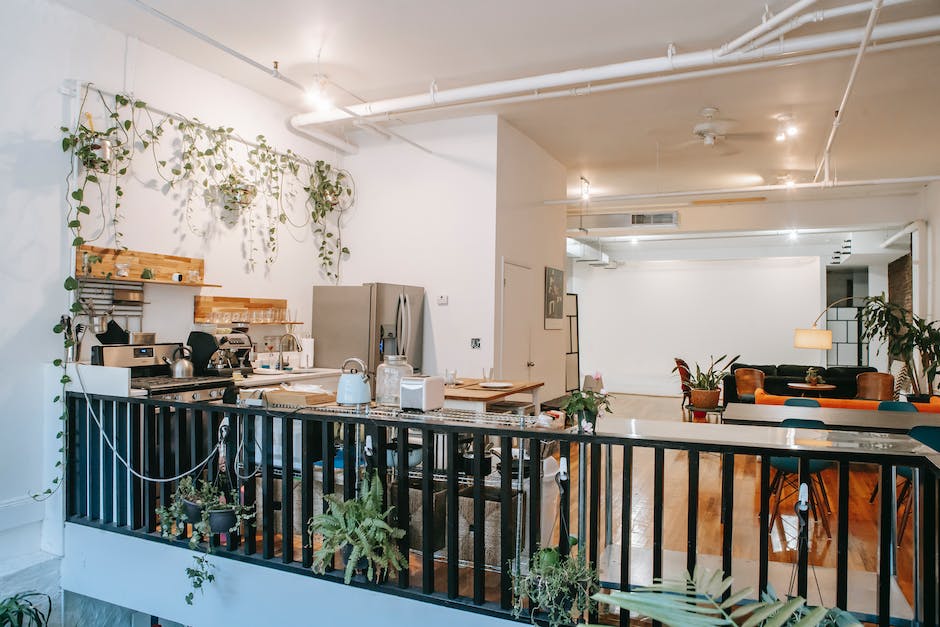
As we continue pursuing spaces that reflect our individuality and also provide solace, Scandinavian furniture, with its minimalist elegance and harmonious connection to nature, will undoubtedly remain a timeless, attractive choice in the future.

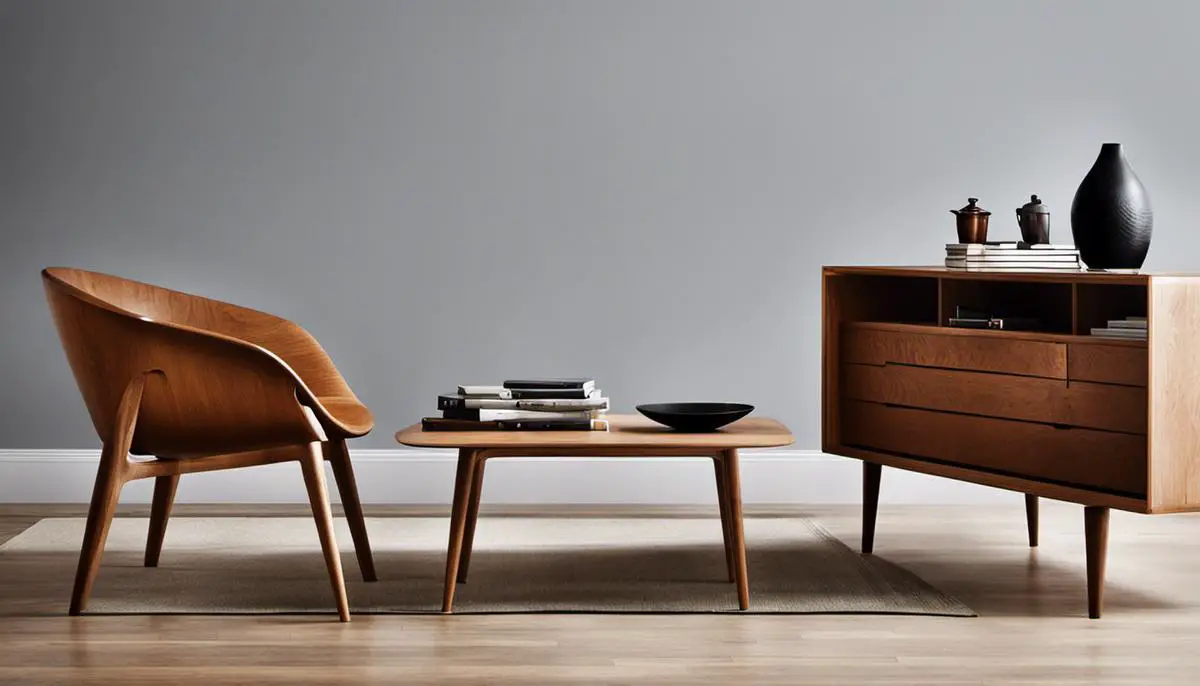
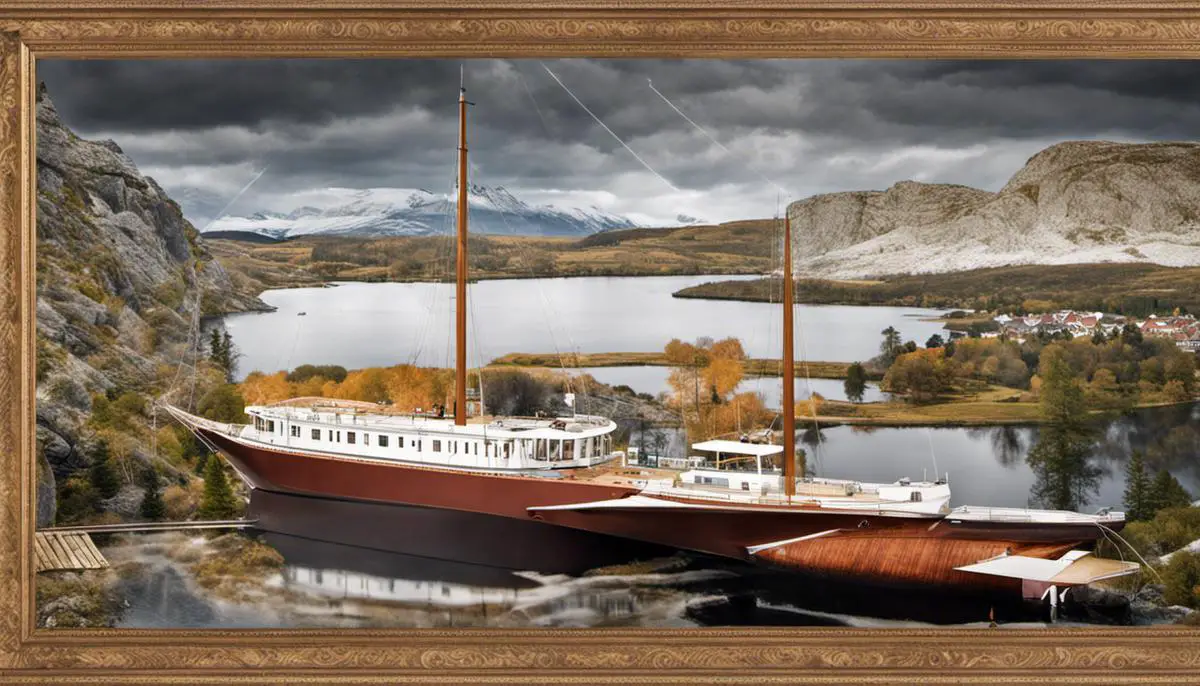

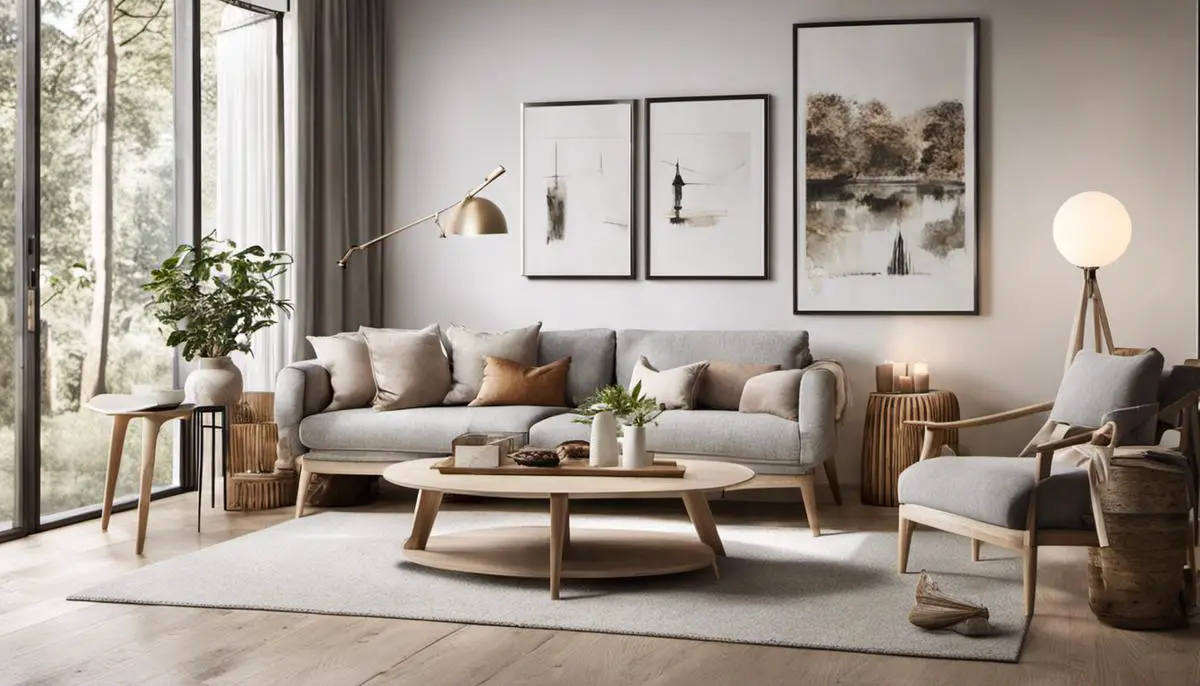
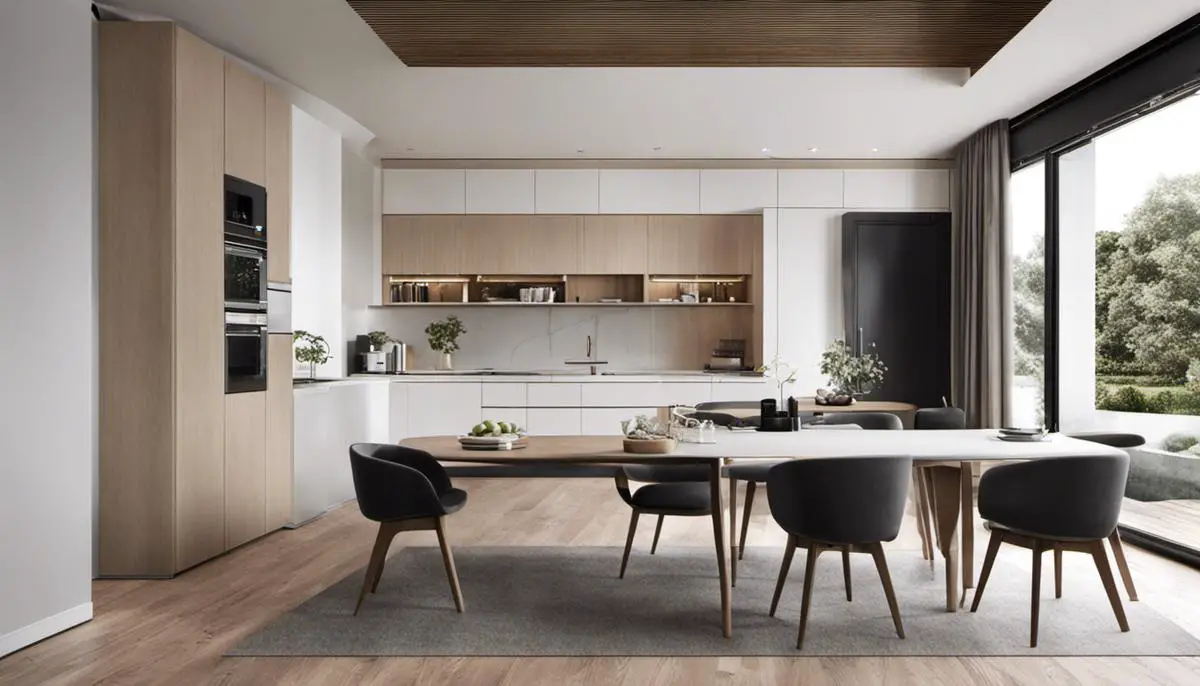
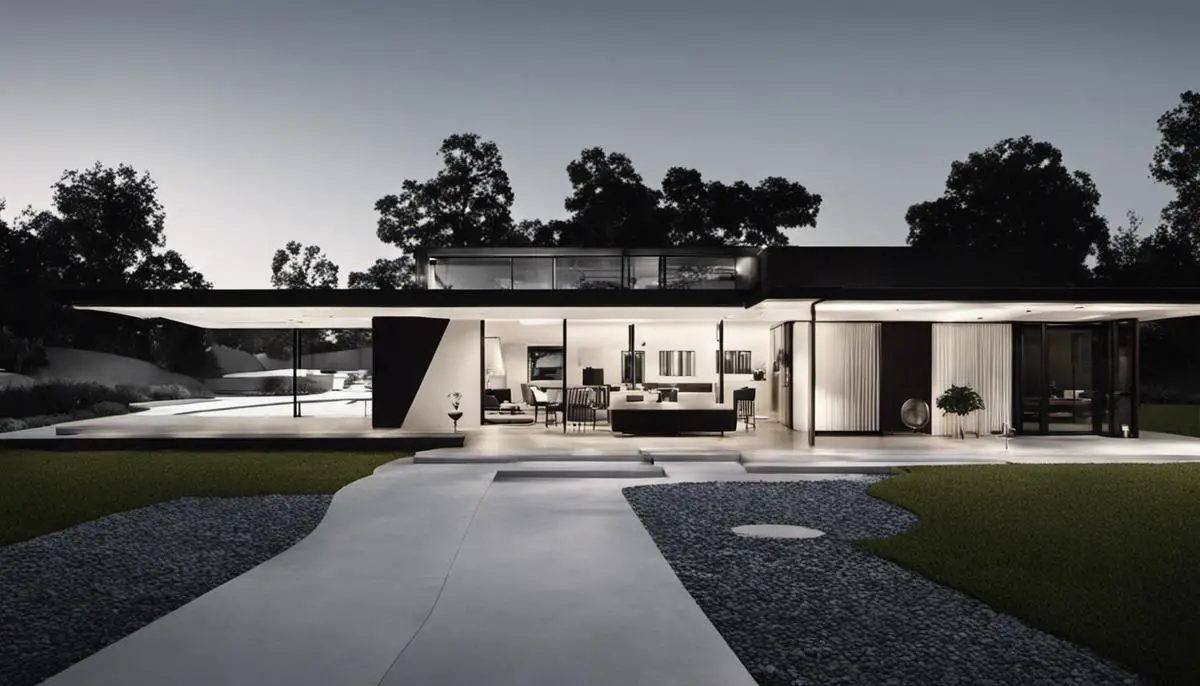
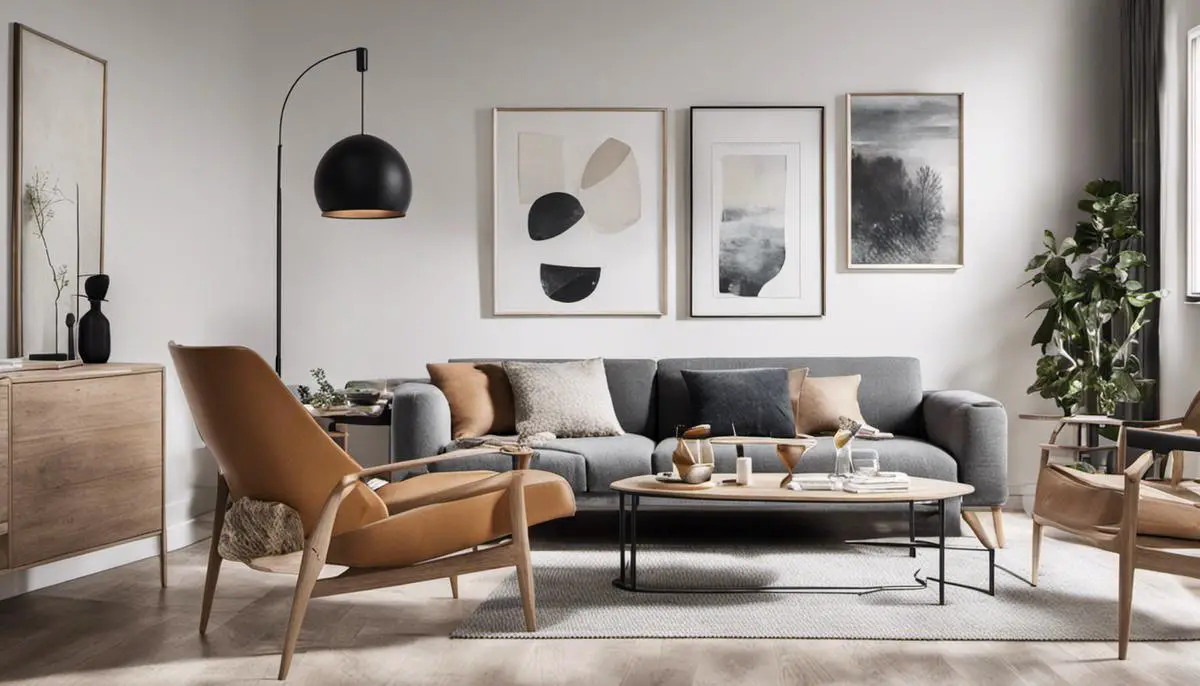

Leave a Reply